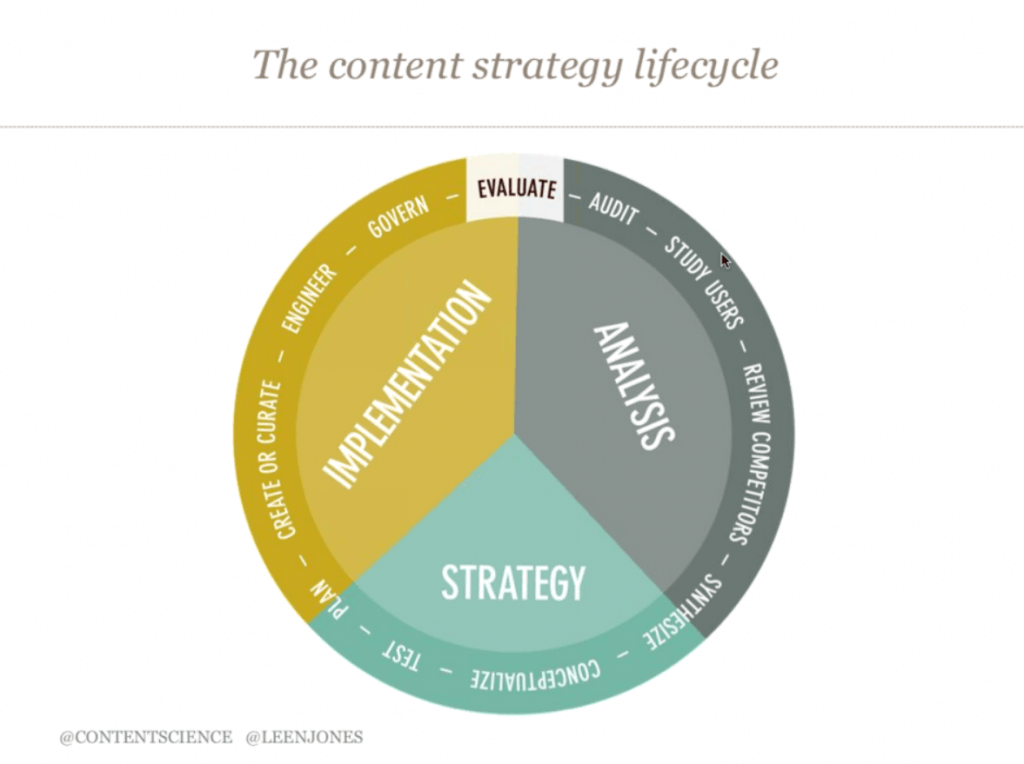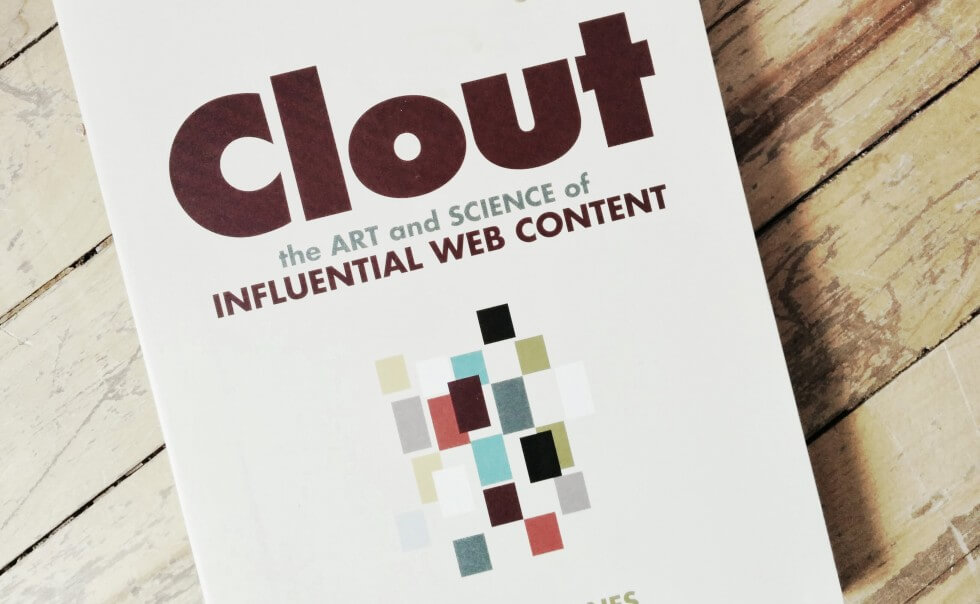A good content marketing strategy needs to encompass more than how to talk about your product or service on a different channel. Much too frequently, content just looks like advertising in disguise – and not a very good disguise at that.
Brands need to think more like publishers than advertisers. Your role is to help, educate, inform and even entertain. Not push product.
But how do you do that?
How to Think Like a Publisher
Few resources articulate exactly how to think like a publisher better than the book, “Clout: The Art and Science of Influential Web Content” by Colleen Jones. An in-depth, clear approach to creating, publishing and managing influential content.
The book is far too rich to summarize in full here, but a great place to start, especially for firms just getting started with content marketing or looking to refresh their approach, is Chapter Three, “Context: Where Clout Begins and Ends.”
In this chapter, Jones tackles the issue of planning for effective content – in other words helping you establish your content marketing strategy.
The 5 W’s of Great Content Marketing Strategy
She argues that, to do so well, one must understand its context (the gestalt around a piece of content), and introduces her version of the 5 W’s to describe that gestalt: why, who, what, when, where.
#1: Why are you creating this piece of content?
Ask yourself: What outcome do you hope to achieve with this content?
According to Jones, content planning begins here, asking what result you hope to achieve for your business or cause by creating and publishing a particular piece of content.
The answer usually consists in one of two broad outcomes:
- Getting someone to take action
- Getting someone to change his/her attitude about your brand.
In reality, it will likely require a combination of both facilitating your desired action and influencing customer attitudes. Yet, many marketers focus only (or primarily) on the first one – a call to action.
#2: Who are you targeting?
Ask yourself: What audience am I trying to reach, persuade or inform with your content?
This can include many different elements or demographic information, such as age, gender, job title, etc.
If you already have done research and developed user personas that describe your target audience(s), the next step is to examine what synergies and gaps currently exist.
Start where they are in relation to your brand and compare it to where you’d like them to be. The gap is what you plan your content to fill.
For example, if you’re a new brand, then a likely major gap is that of awareness. Content that introduces you to the consumer should be a goal. Synergies are where you are already aligned your content to this goal.
#3: What is your brand identity?
Ask yourself: Who are you?
Of course, to introduce yourself to the consumer, you must first know who you are.
Does your organization have a mission statement? Have you conducted a brand audit? Do you know which brand attributes or qualities you want to highlight in your content?
#4: When will this content be delivered?
This is a fairly straight-forward question.
Timing can be time of day (e.g. an infomercial airing in the middle of the night), season (summer, Christmas), or a special event (the Super Bowl).
Timing also covers things like what is happening in the world currently or what market trends are currently prevalent, both of which can affect the substance and delivery of your content.
#5: Where will this content be delivered?
What is the medium for content?
Web presentation of text and graphics will differ stylistically from that for print or television, for example. And if content is being shared via a particular forum, say a social media channel, that community will have its own etiquette and expectations for your content and how it is presented.
Put the 5 W’s to Work for Your Content
Asking (and answering) these questions prior to creating a piece of content or a series of collateral is essential if you want that content to be influential.
Once you’ve mastered the approach outlined here, you can use the rest of Clout to uncover the art and science of great content marketing strategy using principles from rhetoric and psychology. The author also helps you plan for and evaluate your content marketing efforts.
For any brand serious about their publishing efforts, I recommend both reading this book and putting its strategies into practice.




